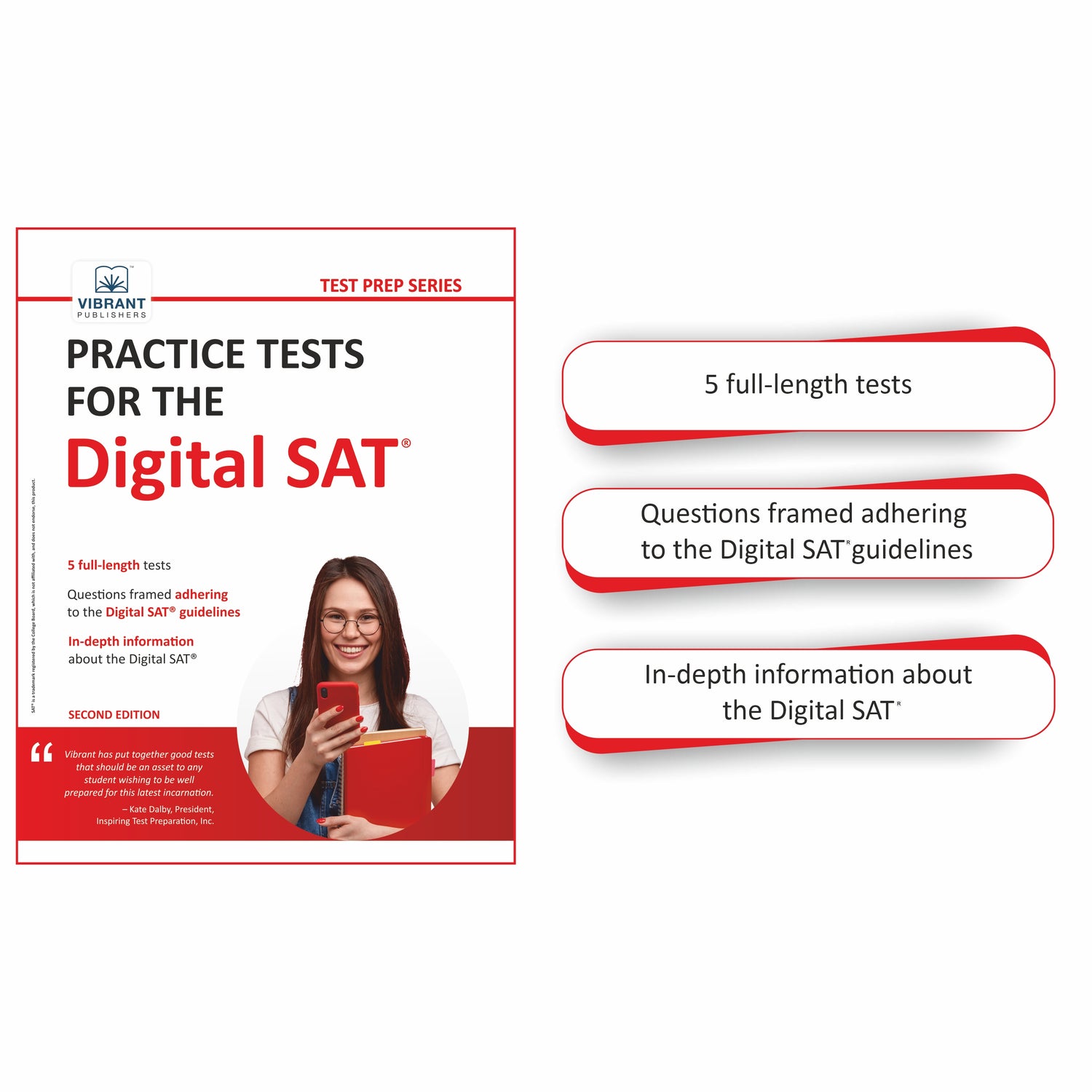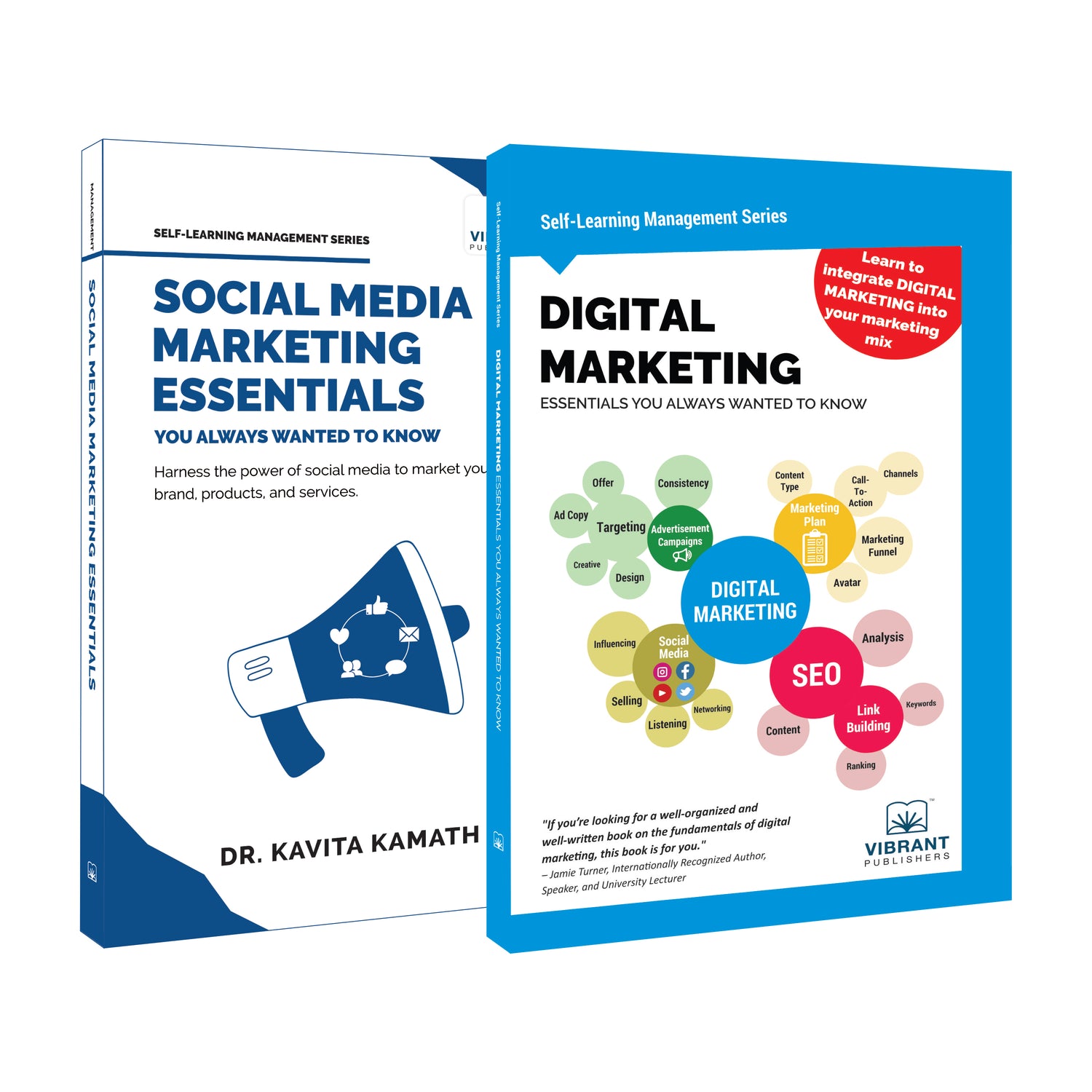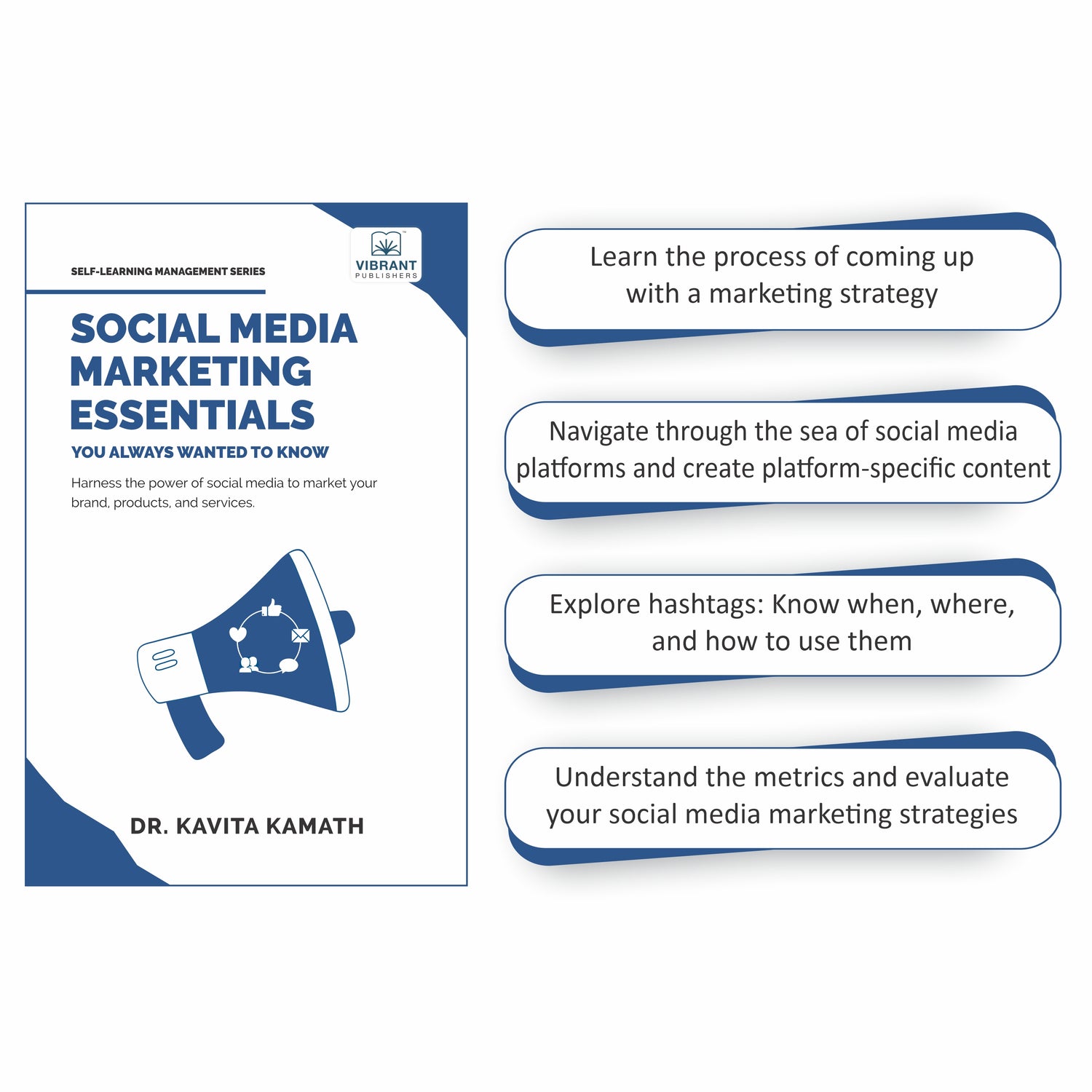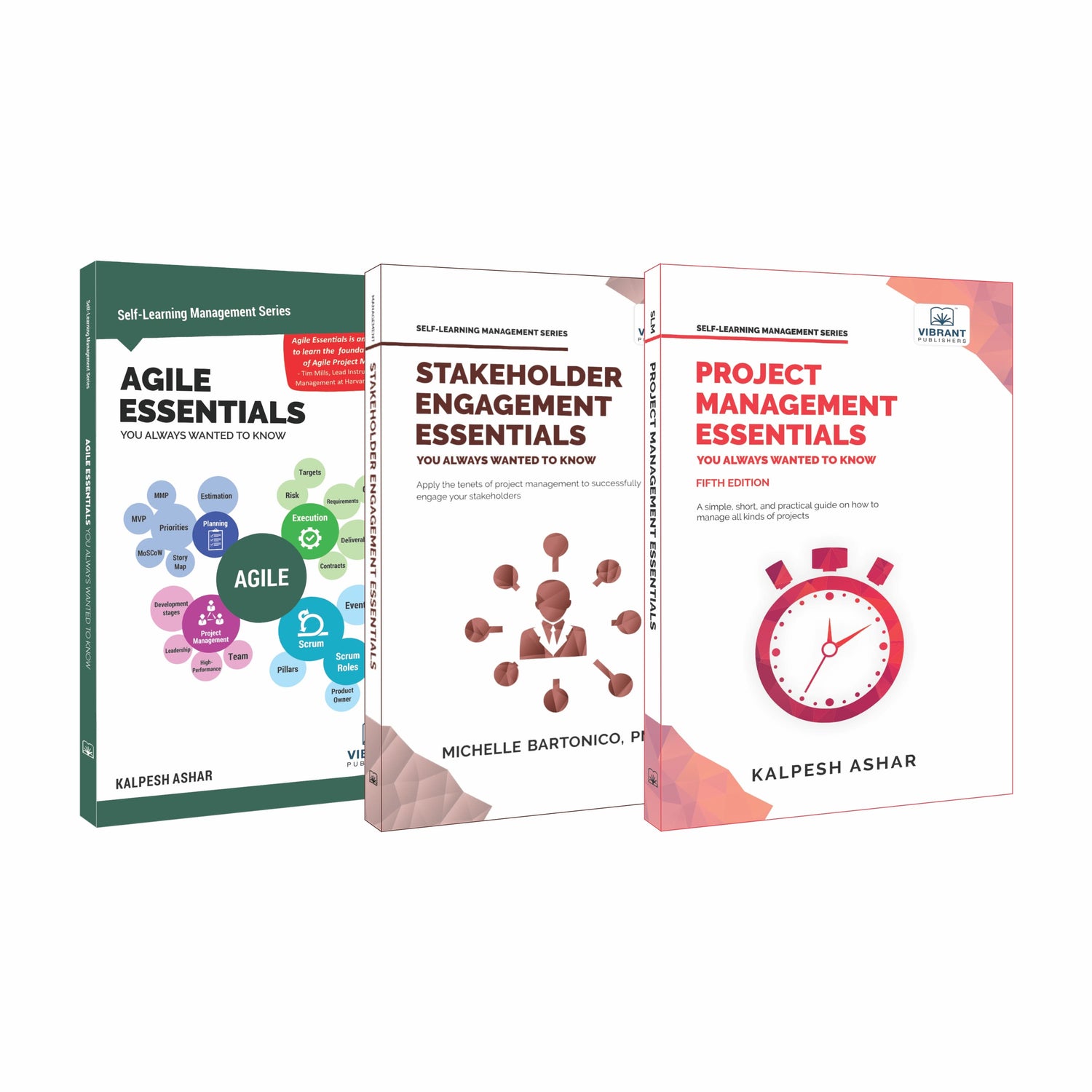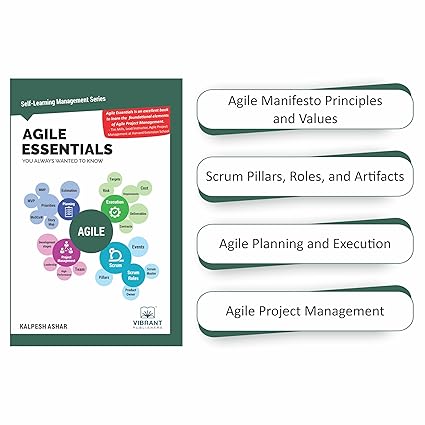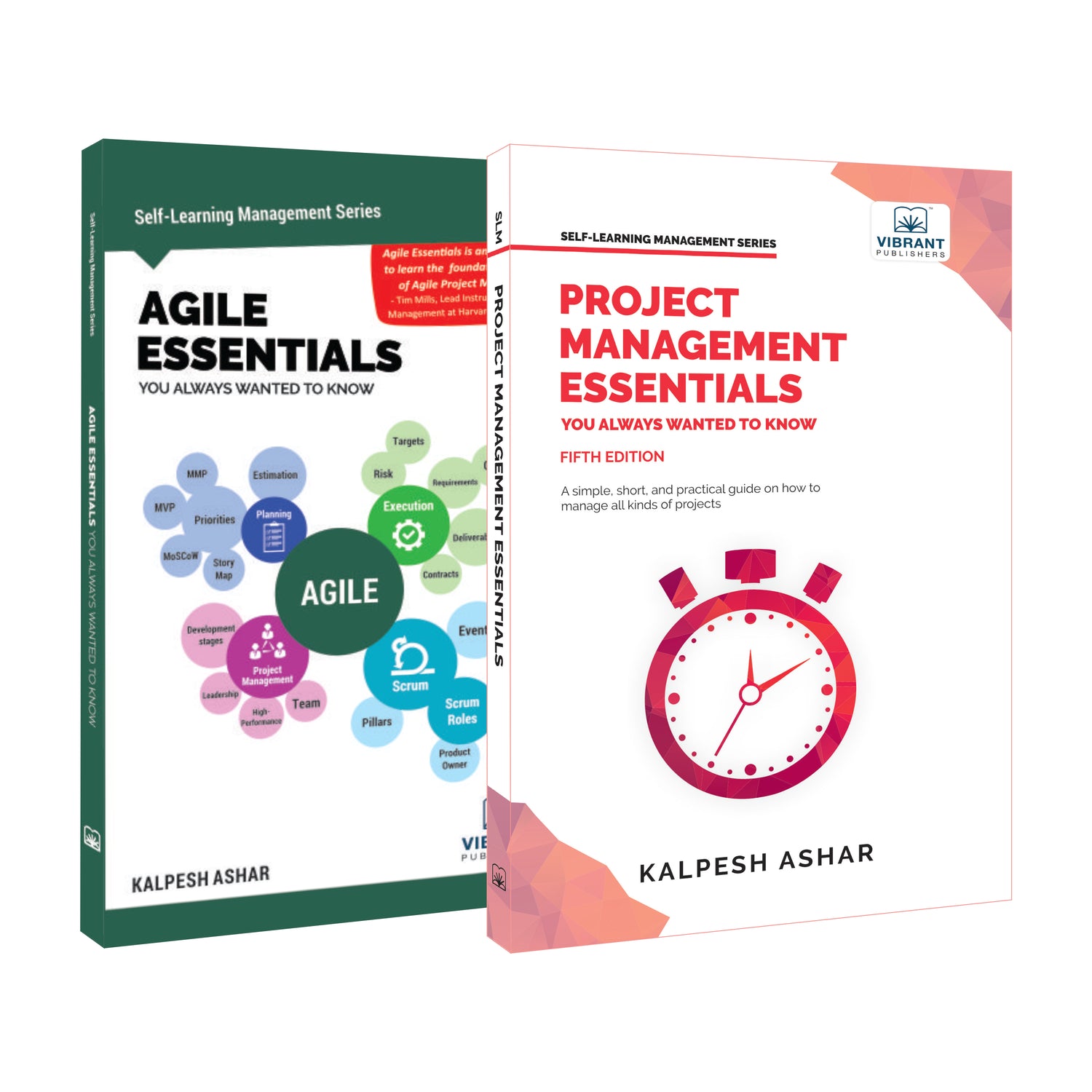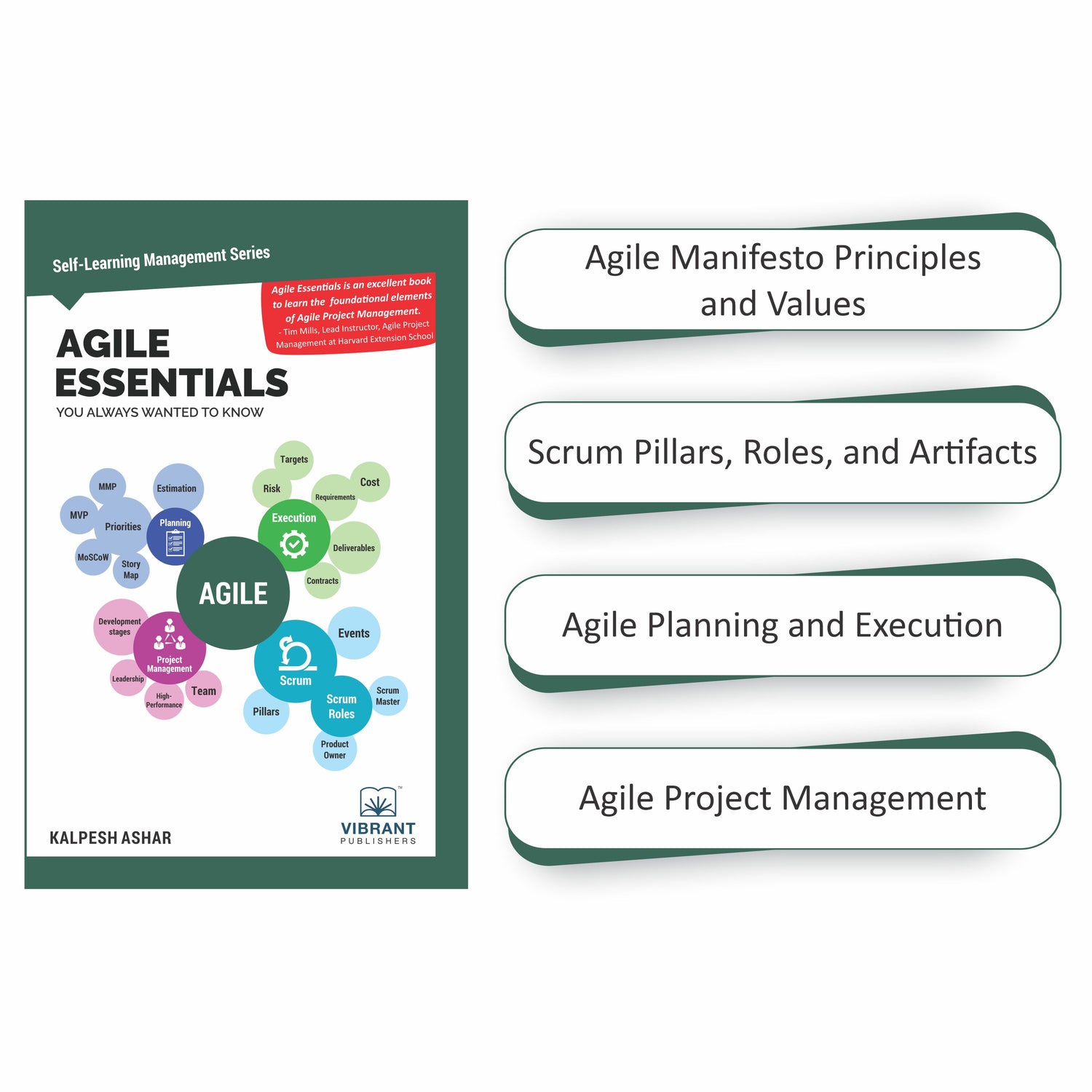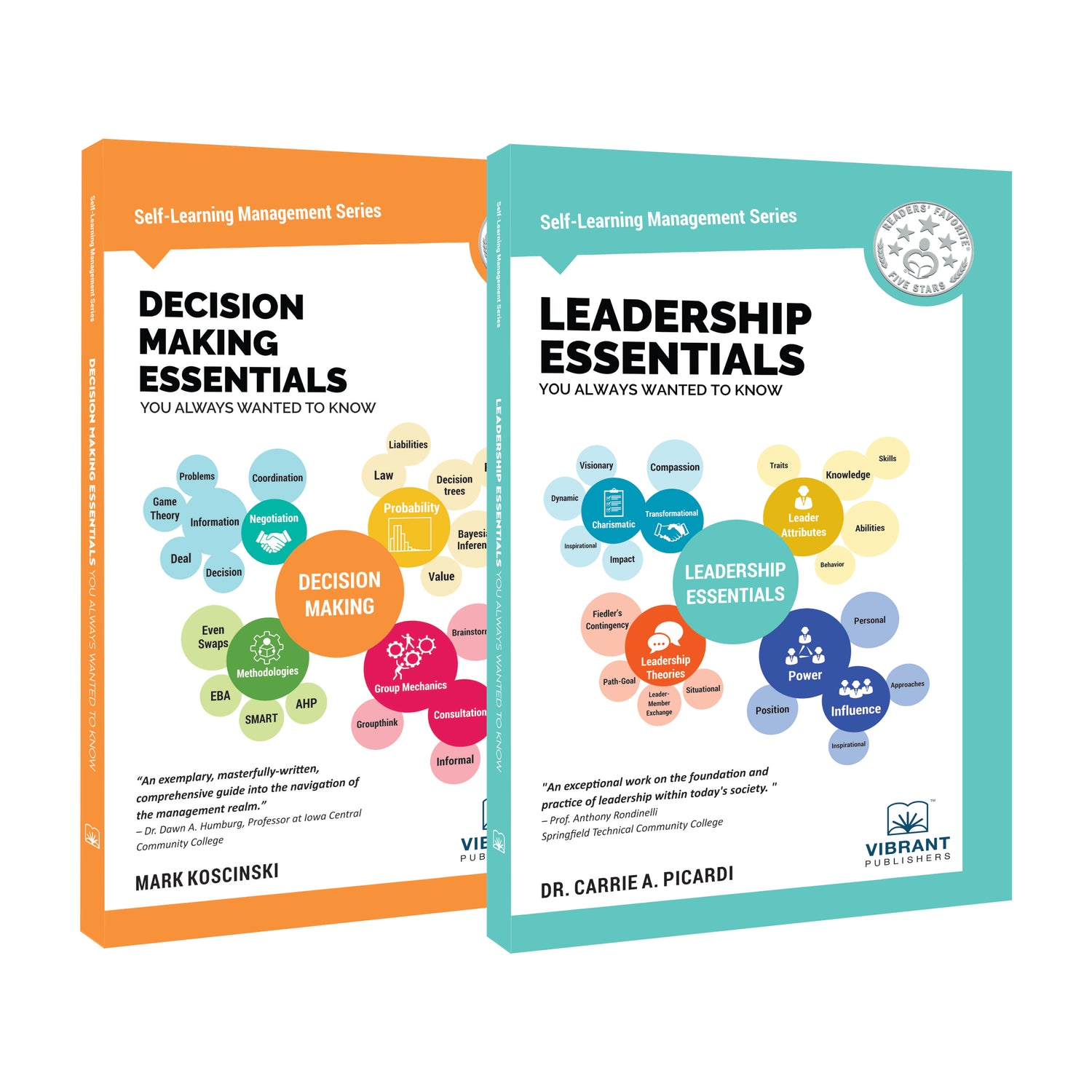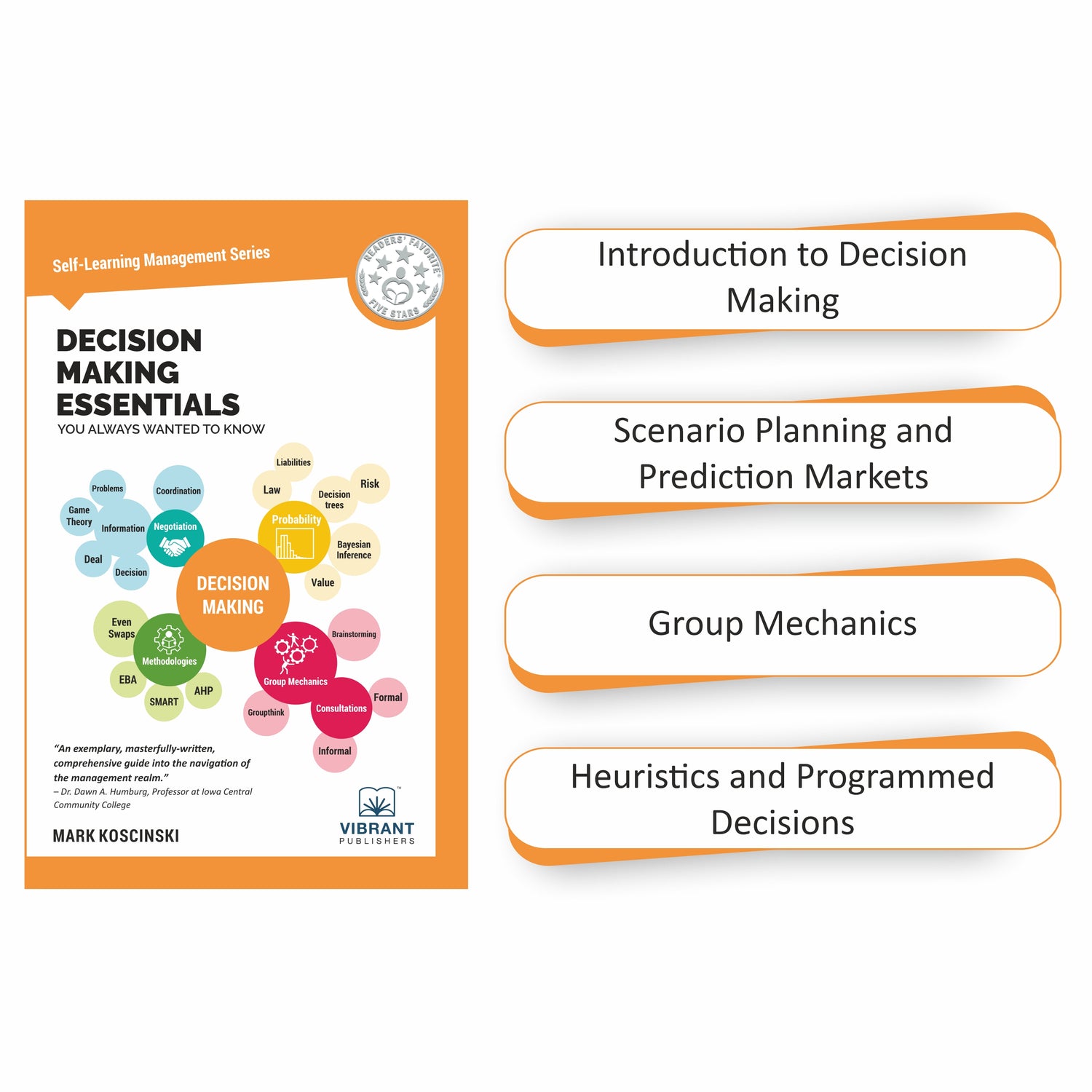Home
-
Blogs On Programming
-
Descriptive, Predictive, or Prescriptive? Choosing the Right Analytics for Your Business
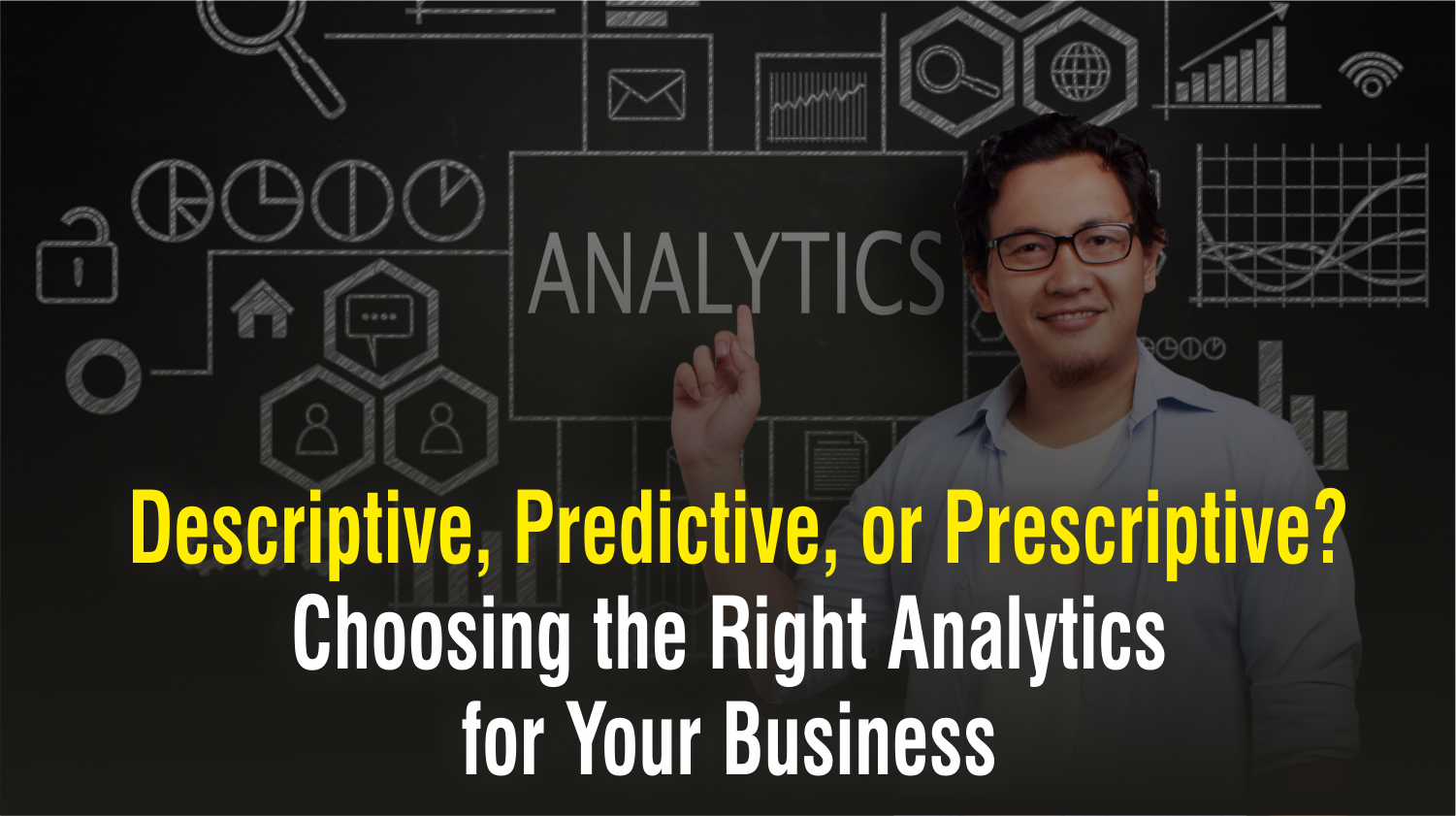
Descriptive, Predictive, or Prescriptive? Choosing the Right Analytics for Your Business
Introduction
Data has become the lifeblood of businesses, but data alone is not enough. The key lies in knowing how to analyze and use it effectively. This is where business analytics comes in. However, with terms like descriptive analytics, predictive analytics, and prescriptive analytics often used interchangeably, students and professionals alike may wonder: which one should I use and when?

Three types of business analytics
Understanding these three types of analytics is essential for making informed decisions, optimizing business processes, and driving innovation. This blog explores these three key analytics approaches, their real-world applications, and their role in solving business challenges.
Understanding Descriptive Analytics
Descriptive analytics is the process of analyzing historical data to identify patterns and trends.
It offers a simple and easy-to-understand visual representation of past performances, which can help organizations make decisions based on numbers instead of guessing. Some key characteristics are to present the data in an easily understandable format, such as charts, dashboards, and reports, to recognize trends, anomalies, and key performance indicators (KPI), and to shed light on customer behavior, operational productivity, and market activities.
Its usefulness lies in situations where a company requires an overview of past performance, comparison with a baseline to measure future performance, or simply to monitor KPIs and make decisions based on numbers.
Examples:
- Monthly sales reports that help in identifying revenue trends
- Website traffic analysis that helps in identifying peak visitor times
- Customer feedback summaries that help in identifying major issues
Tools used: Power BI, Tableau, Google Analytics, SQL, and Microsoft Excel, among others.
Diving Into Predictive Analytics
Predictive analytics goes beyond the data and asks, ‘What might happen next?’
It is a process of forecasting future trends with the help of statistical models and machine learning algorithms in order to avoid risks or to grasp opportunities.
The common characteristics of using historical data and statistical modeling to generate future estimates are also applied, as well as applying machine learning techniques to improve the accuracy of the predictions over time and identifying potential risks, customer behavior, and market trends. It is most effective in helping to predict business risks, optimize marketing campaigns, and better manage the use of resources and inventory.
Examples:
- Predicting customer churn by the signs of disengagement
- Forecasting demand for retail stores by seasonal trends
- Detecting fraudulent transactions in financial services
Tools used: Python’s scikit-learn, TensorFlow, regression analysis, time series forecasting, AWS Machine Learning, and Google Cloud AI tools
Exploring Prescriptive Analytics
Prescriptive analytics is a step above predictive analytics in that it recommends the best course of action to achieve the desired outcome.
It is a cutting-edge discipline that applies AI technologies and optimization techniques to support decision-making. Other characteristics include not only indicating what is likely to occur but also what should be done about it, utilizing real-time data to update and improve recommendations as conditions change, and applying optimization methods to increase revenue, costs, and performance. It is most productive for deciding strategic and tactical issues, cutting operating expenses, and increasing the level of customization in marketing communication with customers.
Examples:
- E-commerce companies using dynamic pricing models to increase their sales
- Optimization of the supply chain to determine the best route that will help reduce costs and time of delivery
- The recommendation systems in streaming services such as Netflix
Tools used: The techniques that are employed in prescriptive analytics include linear programming, reinforcement learning, IBM Watson, Google AI, and Monte Carlo simulations.
The table below summarizes the 3 types of business analytics.

Uses and examples of the three types of business analytics
Choosing the Right Analytics Approach
When deciding which type of analytics to use, businesses should consider the specific problem they are trying to solve, the availability of historical data, and the resources and expertise at their disposal. Descriptive analytics is ideal for understanding past performance, predictive analytics for forecasting future trends, and prescriptive analytics for making data-driven recommendations. Additionally, emerging trends like augmented analytics, explainable AI (XAI), real-time analytics, and quantum analytics are shaping the future of data-driven decision-making, offering new opportunities for innovation and efficiency.
Practical Tips for Beginners
-
For students and career-starters looking to build a career in business analytics, it is essential to start with descriptive analytics to build a strong foundation before diving into predictive and prescriptive techniques.
-
Experimenting with free tools like Google Analytics, Python, and Power BI can provide hands-on experience, while working on real-world case studies can help understand how different analytics methods apply to business challenges.
-
Staying updated on industry trends by following analytics blogs, attending webinars, and joining data science communities is also crucial for continuous learning and growth. By mastering these analytics approaches, students can position themselves as valuable assets in the data-driven business world.
Conclusion
Understanding the distinctions between descriptive, predictive, and prescriptive analytics is the first step toward becoming proficient in business analytics. Each approach plays a crucial role in helping businesses gain insights, anticipate trends, and make strategic decisions. Whether you are a student preparing for a career in data science or an academician teaching future analysts, mastering these concepts will open doors to endless opportunities in the data-driven world.

Business Analytics Essentials You Always Wanted to Know by Vibrant Publishers
To get a holistic guide to Business Analytics and its application for beginners, read Business Analytics Essentials You Always Wanted to Know.
Learn more about the book here:
Vibrant’s “Business Analytics Essentials” is a guide to leveraging data for business success
This blog is written by Riyanka Jain, author of Business Analytics Essentials You Always Wanted to Know.
If you liked this blog, you might be interested in the following topics too:
What role does Data Analytics play in decision-making?
3 Unexpected Applications of Big Data Analytics
5 Reasons Why You (Yes You!) Should Learn Python
Share


